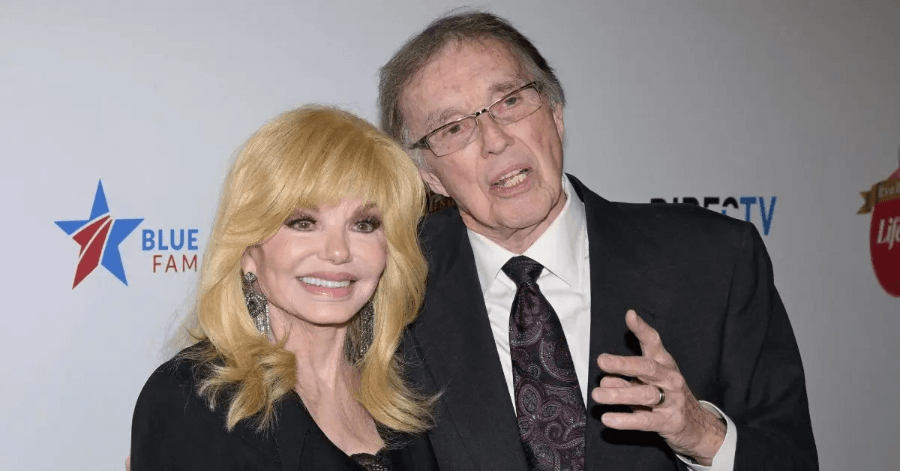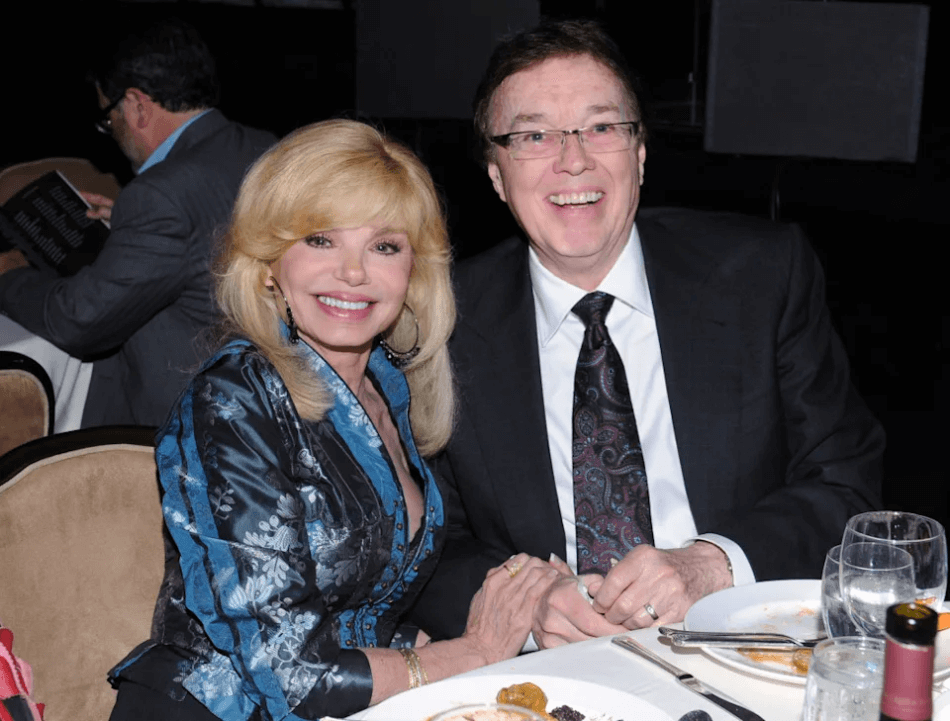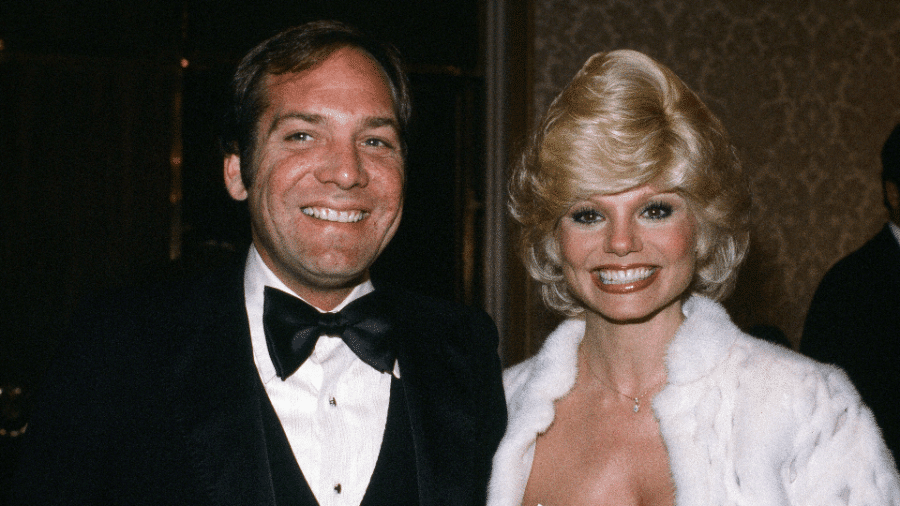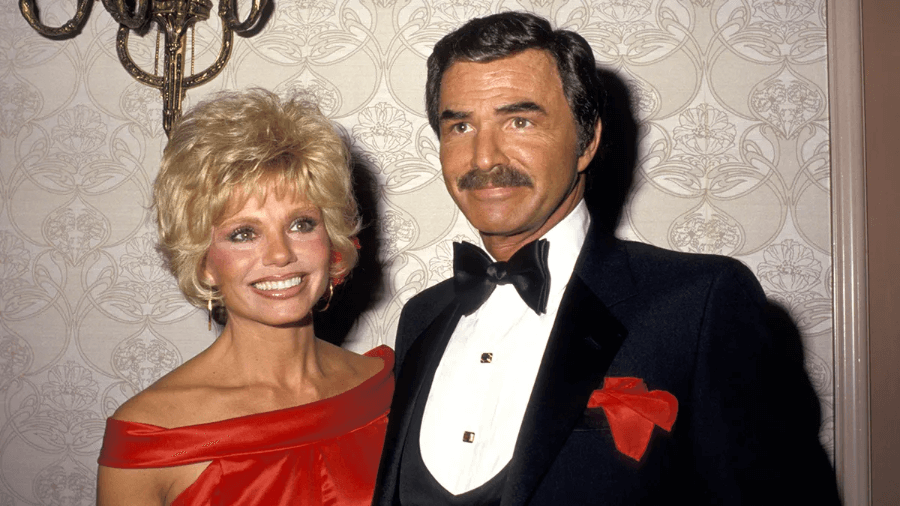📑Table of Contents:

When people discuss folk music in America, names like Bob Dylan or Joan Baez are often mentioned. Yet, another figure deserves recognition for shaping the genre—Bob Flick. Best known as a founding member of The Brothers Four, Flick carved a place in music history with heartfelt performances and timeless folk harmonies. Beyond his music, he is also known as the husband of actress Loni Anderson, a star of the hit sitcom WKRP in Cincinnati.
Bob Flick’s story is one of persistence, passion, and dedication. In contrast, he may not have the same level of fame as some other folk icons, but his influence and career have left a significant mark. Let’s take a deep dive into his life, music, and the personal choices that defined him.
Early Life and Background
Bob Flick was born in the United States in the 1940s. He grew up during a time when American culture was undergoing rapid shifts. Music played a central role in that cultural shift, with folk music becoming the voice of youth movements, storytelling, and political change.
From a young age, Flick was drawn to music. He had an ear for harmonies and a natural talent for playing instruments. These early interests shaped the path that would lead him to co-found one of the most beloved folk groups of the 1960s.
Founding of The Brothers Four
In 1957, while studying at the University of Washington in Seattle, Bob Flick joined forces with John Paine, Mike Kirkland, and Dick Foley to form The Brothers Four. The group started out singing at fraternity events and small gatherings. Their sound quickly caught attention for its warmth, harmony, and simplicity.
The Brothers Four rose to fame in the late 1950s and early 1960s, becoming one of the pioneers of the American folk revival music movement. Their style blended traditional folk storytelling with smooth vocal harmonies, making their songs both accessible and memorable.
Breakthrough in Music
The group’s big break came when they signed a record deal with Columbia Records. Their debut single, Greenfields (1960), became a massive hit. It climbed the Billboard charts and solidified the group as one of the defining voices of folk at the time.
Following Greenfields, the group released other popular songs such as:
- Yellow Bird
- Seven Daffodils
- The Green Leaves of Summer
These songs showcased Bob Flick’s talents as a musician and performer. The group toured extensively, not just in the U.S. but worldwide, spreading American folk music to international audiences.
Role in Folk Music History
Bob Flick and The Brothers Four were part of the broader folk revival movement, which included artists like Peter, Paul, and Mary, and The Kingston Trio. While the group may not have achieved the same level of long-term mainstream fame, their contributions were undeniable.
They helped popularize folk at a time when rock and roll was dominating. Their clean harmonies and meaningful lyrics resonated with audiences looking for something more heartfelt.
Flick’s role within the group was crucial. His bass voice gave depth to their harmonies, anchoring the group’s distinctive sound. He also contributed to songwriting and arrangements, helping shape the group’s creative direction.
Continued Career with The Brothers Four
Unlike some groups that faded after a short time, The Brothers Four showed impressive longevity. Even decades after their debut, the group continued to perform. Bob Flick remained dedicated, staying with the band throughout its long history.
The Brothers Four performed at major venues, appeared on television shows, and collaborated with other folk legends. They became cultural ambassadors, representing American folk music around the world.
This commitment to music demonstrated Flick’s passion and resilience. While trends shifted from folk to rock to pop, he stayed true to the sound that first inspired him.
Marriage to Loni Anderson
Bob Flick’s personal life took a turn into Hollywood when he married Loni Anderson in 2008. Loni Anderson, famous for her role as Jennifer Marlowe on WKRP in Cincinnati, had been married three times before, including to actor Burt Reynolds.
Bob and Loni first met decades earlier, in 1963, during a movie premiere. They reconnected later in life and eventually got married. Their marriage surprised many fans, but it also showed a deep bond built on friendship and mutual respect.
Unlike some celebrity couples, Bob and Loni have kept their relationship private and grounded. They lead a relatively quiet life, away from constant media attention, which suits Flick’s preference for privacy.
Family Life
Bob Flick and Loni Anderson do not have children together, but they share a blended family. Loni has two children from previous relationships, including actress Deidra Hoffman.
The couple has often been spotted at charity events and public gatherings, but they prefer to maintain a low profile. For Flick, family and personal happiness clearly matter more than chasing fame.
Bob Flick’s Legacy
Bob Flick’s career spans more than six decades, a rare achievement in the music industry. His contributions to folk music helped keep the genre alive during a critical period. By co-founding The Brothers Four, he played a significant role in influencing countless musicians who followed.
His marriage to Loni Anderson added another layer of public interest, but his identity has never been solely tied to hers. Instead, his legacy stands on his own accomplishments as a musician.
Why Bob Flick Still Matters
Even though he does not dominate headlines, Bob Flick’s story is worth remembering. He represents a generation of artists who valued craft and authenticity over fleeting stardom. He shows that music can have an impact without relying on constant media hype.
Furthermore, his marriage to Loni Anderson highlights the beauty of second chances in life and love. Their partnership demonstrates stability in a world where celebrity relationships often end in turmoil.
Lessons from Bob Flick’s Life
From his journey, we can draw several lessons:
- Stay true to your passion. Flick never abandoned folk music.
- Success can take many forms. Fame is not the only measure of achievement.
- Personal happiness often stems from stability, rather than constant attention.
- Lasting impact is built over decades, not overnight.

Conclusion
Bob Flick may not be the loudest voice in the room, but his influence is undeniable. As a founding member of The Brothers Four, he shaped folk music for generations. His songs, rich in harmony and heart, continue to resonate with audiences.
Beyond music, his personal life shows balance, love, and resilience. His marriage to Loni Anderson proves that happiness can come at any stage of life.
In the end, Bob Flick’s story is about more than just folk music. It is about living authentically, creating with passion, and finding joy in both career and family. His name deserves to stand among the respected figures of American folk, not only for his contributions on stage but also for the life he has built off it.





